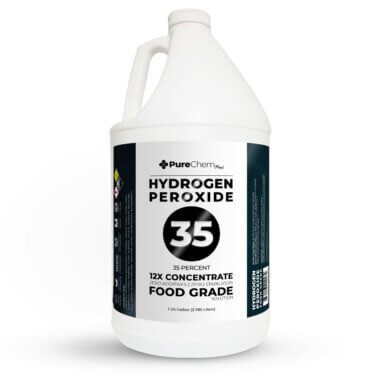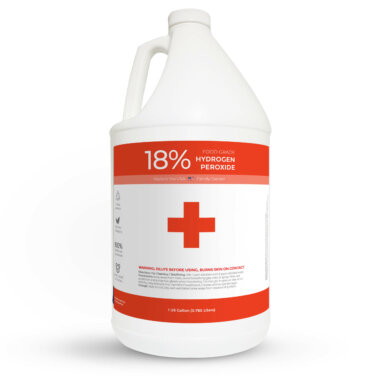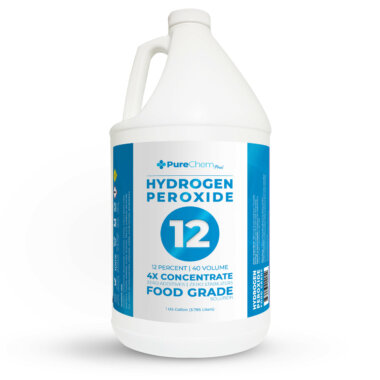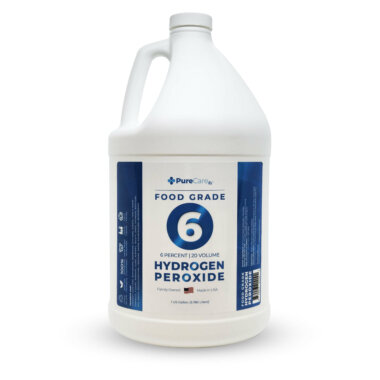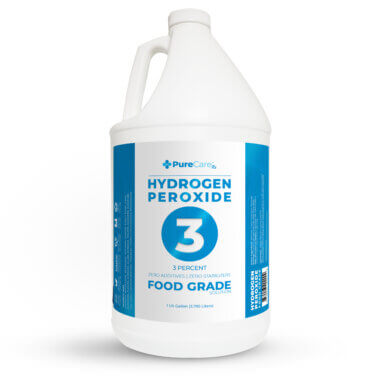What is Food Grade Hydrogen Peroxide?
Food grade hydrogen peroxide is a special type of hydrogen peroxide made for use in food areas. It is usually less strong, with levels of 35% or below. It’s important to mix it with water to make it safe for certain jobs.
One big reason to use this kind of hydrogen peroxide is that it’s a strong cleaner. It’s great for cleaning things in big kitchens and places where food is made. This helps to stop bad things that can make people sick from spreading.
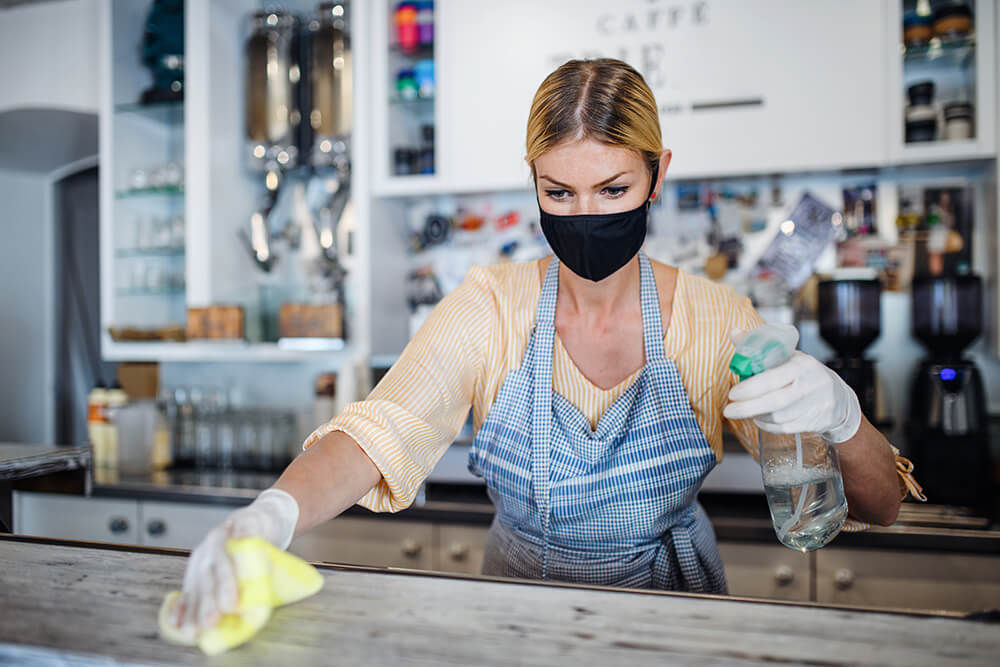
What is the Difference Between Hydrogen Peroxide and Food Grade Hydrogen Peroxide?
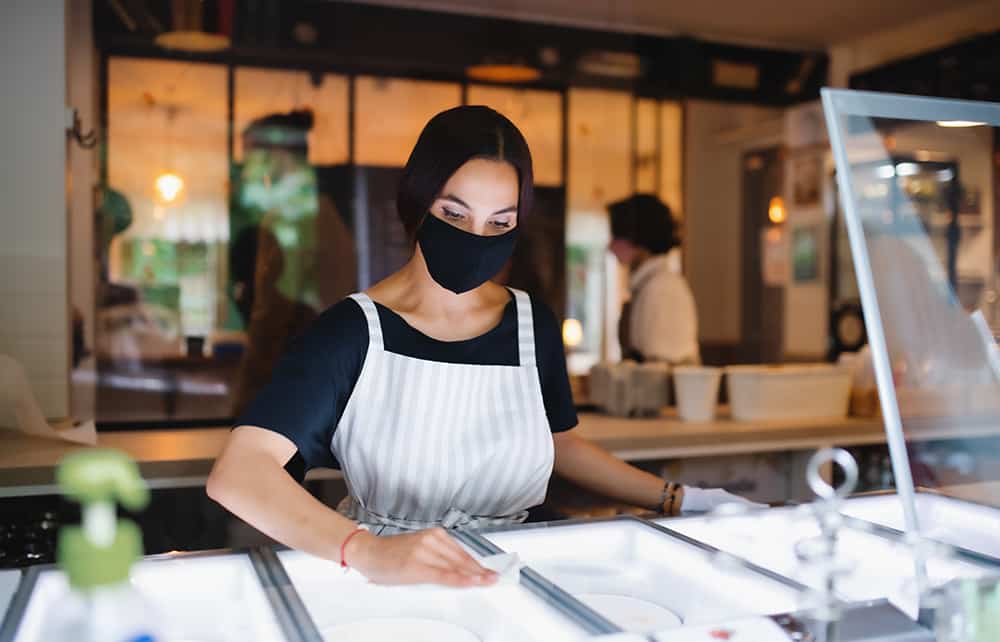
Hydrogen peroxide and its food-grade variant have different applications and levels of purity. The general-use hydrogen peroxide is versatile and useful for a broad range of cleaning tasks but isn’t designed for use in food preparation or handling environments.
In contrast, food-grade hydrogen peroxide is specially crafted and filtered to meet strict guidelines, qualifying it for use in food-related activities. Typically offered in concentrations of 35% or lower, it is sanctioned for cleaning and maintaining food-contact surfaces and equipment.
The “food grade” label indicates that it lacks impurities and stabilizing agents, making it safe for culinary applications.
Table of Contents
Here's a list of some frequently asked questions about Food Grade Hydrogen Peroxide.
What does food grade hydrogen peroxide do?
Food grade hydrogen peroxide is commonly used as a natural disinfectant and cleaning agent for a wide variety of surfaces and materials. It can also be used as a bleach alternative, water purification, and stain remover.
How is food grade hydrogen peroxide different?
Compared to regular hydrogen peroxide, food grade hydrogen peroxide is manufactured to strict purity standards and is free from stabilizers and other additives that can be harmful or cause unwanted side effects. This makes it safe for use in a wide range of applications, including food preparation and household cleaning.
When to use food grade hydrogen peroxide?
Food grade hydrogen peroxide can be used in a variety of applications, including cleaning and cleaning surfaces, purifying water. It is important to follow recommended dilution ratios and usage instructions to ensure safe and effective use.
What is 35% food grade hydrogen peroxide?
35% food grade hydrogen peroxide is a highly concentrated solution of hydrogen peroxide that is commonly used in a variety of applications, including water purification, and cleaning and disinfecting surfaces. It is important to dilute this solution before use to ensure safe and effective use.
How to dilute food grade hydrogen peroxide?
Food grade hydrogen peroxide should be diluted to the appropriate concentration for the intended application. It is important to follow recommended dilution ratios and usage instructions to ensure safe and effective use.Use our hydrogen peroxide dilution calculator to assist with your dilutions.
Is food grade hydrogen peroxide safe for dogs?
Food grade hydrogen peroxide can be used safely on dogs in some applications, such as wound treatment and ear cleaning. However, it is important to dilute the solution appropriately and to consult with a veterinarian before use.
Does food grade hydrogen peroxide need to be refrigerated?
No, food grade hydrogen peroxide does not need to be refrigerated. However, it should be stored in a cool, dark place to prevent degradation and loss of potency.
How is food grade hydrogen peroxide made?
Food grade hydrogen peroxide is made by combining water and oxygen using a special manufacturing process that produces a highly concentrated solution of hydrogen peroxide. This solution is then purified and filtered to remove impurities, resulting in a high-quality product that is safe for use in food preparation and other applications.
What makes food grade hydrogen peroxide?
Food grade hydrogen peroxide is made using a specialized manufacturing process that produces a highly concentrated solution of hydrogen peroxide, which is then filtered and purified to remove impurities and ensure that it meets strict purity standards.
Where to buy food grade hydrogen peroxide?
Food grade hydrogen peroxide can be purchased directly from this website or from a variety of health food stores, online retailers, and specialty suppliers. It is important to look for a reputable source that provides high-quality, pure products.
What percent is food grade hydrogen peroxide?
Food grade hydrogen peroxide can vary in concentration, with commonly available solutions ranging from 3% to 35%. It is important to use the appropriate concentration for the intended application and to follow recommended usage instructions.
What can food grade hydrogen peroxide be used for?
Food grade hydrogen peroxide can be used for a wide range of applications, including cleaning and disinfecting surfaces, purifying water. It is important to follow recommended dilution ratios and usage instructions for safe and effective use.
How long does food grade hydrogen peroxide last? Does it go bad or expire?
Food grade hydrogen peroxide can degrade over time and lose its potency, particularly if not stored properly. It is important to check the expiration date and to store the solution in a cool, dark place to extend its shelf life.
How to store food grade hydrogen peroxide?
Food grade hydrogen peroxide should be stored in a cool, dark place away from direct sunlight and heat sources. It should also be kept out of reach of children and pets.
Common Uses for Food Grade Hydrogen Peroxide
Sanitizing and Disinfecting With Hydrogen Peroxide
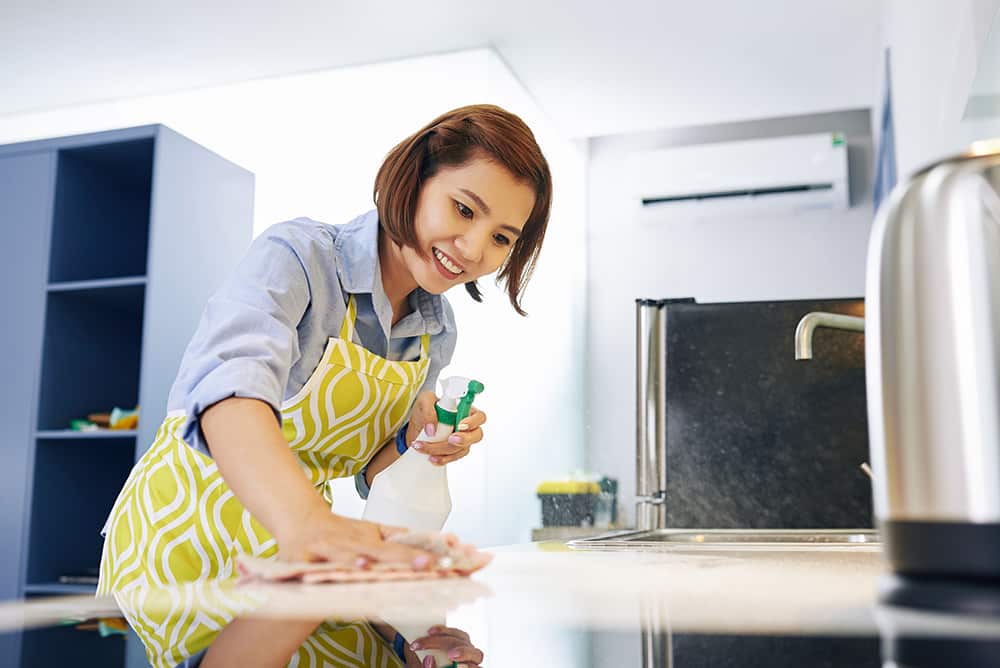
-
Kitchen surfaces:
Hydrogen peroxide is highly effective for maintaining a clean environment on kitchen counters, chopping boards, and eating utensils. It assists in neutralizing a variety of microscopic elements that could potentially lead to food spoilage or health issues. -
Bathrooms:
Bathrooms can be a breeding ground for germs and bacteria, but hydrogen peroxide can help to keep them at bay. It can be used to disinfect surfaces like toilet seats, sinks, and shower stalls, as well as to remove mold and mildew in grout and tile. -
Beauty tools:
Beauty tools like tweezers, scissors, and nail clippers can harbor bacteria and other germs if not properly cleaned and disinfected. Hydrogen peroxide can be used to sanitize these tools and keep them free from harmful pathogens.
Using Hydrogen Peroxide on Tough Stains
-
Clothing:
Hydrogen peroxide is a great stain remover for clothing, especially for tough stains like blood, wine, and grass. Simply apply a small amount of hydrogen peroxide to the stained area, let it sit for a few minutes, and then wash the clothing as usual. -
Carpets and upholstery:
Accidents happen, and sometimes they leave behind stubborn stains on carpets and upholstery. Hydrogen peroxide can help to remove these stains, including pet urine, coffee, and wine. Apply the hydrogen peroxide to the stained area, let it sit for a few minutes, and then blot with a clean cloth. -
Grout:
Grout can become discolored over time, especially in areas like the bathroom and kitchen. Hydrogen peroxide can help to remove these stains and brighten up the grout. Apply a small amount of hydrogen peroxide to the grout lines, let it sit for a few minutes, and then scrub with a toothbrush. -
Tile:
Hydrogen peroxide can also be used to remove stains from tile surfaces, including shower walls and floors. Apply the hydrogen peroxide to the stained area, let it sit for a few minutes, and then scrub with a sponge or brush. -
Plastic containers:
Plastic containers can become stained and discolored over time, especially when used to store things like tomato sauce or curry. Hydrogen peroxide can help to remove these stains and keep your containers looking fresh and clean. Simply apply the hydrogen peroxide to the stained area, let it sit for a few minutes, and then rinse thoroughly.
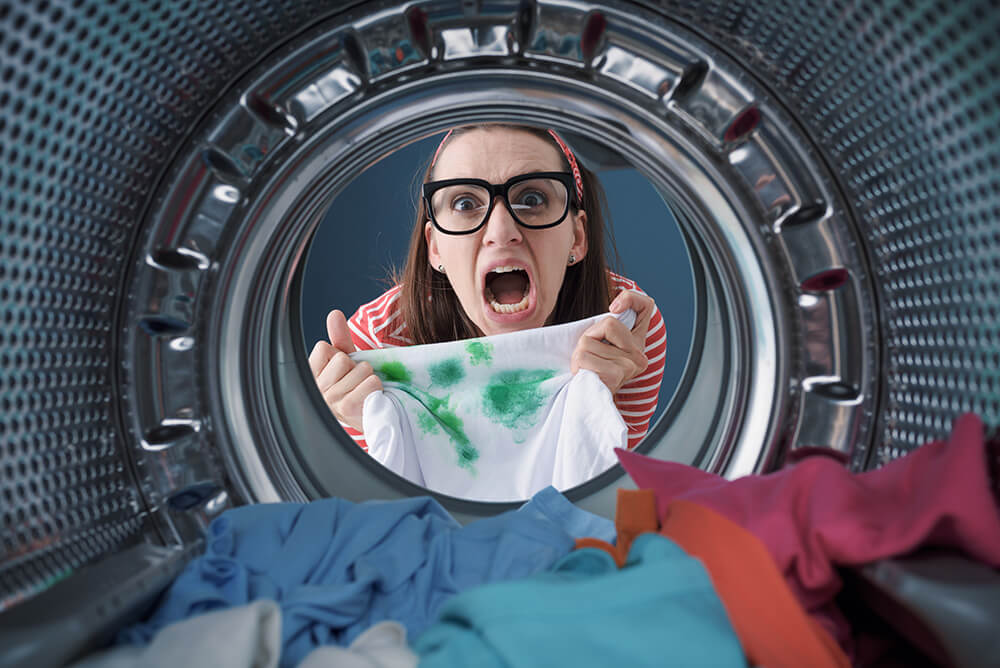
It’s worth noting that while hydrogen peroxide can be an effective stain remover, it’s important to always test a small, inconspicuous area first to make sure it won’t damage the surface or fabric. Additionally, some stains may require multiple applications or a combination of hydrogen peroxide and other cleaning agents to fully remove.
Popular Hydrogen Peroxide Uses
-
Cleaning fruits and vegetables to remove bacteria and pesticides:
When it comes to washing fruits and vegetables, water alone may not be enough to remove all of the bacteria and pesticides that can be present. That's where hydrogen peroxide comes in. By mixing a small amount of food grade hydrogen peroxide with water, you can create a natural and effective solution for cleaning your produce. Simply soak your fruits and vegetables in the solution for a few minutes, then rinse thoroughly with water. -
Reducing odors in refrigerators and freezers:
If you've ever opened your fridge or freezer and been hit with a less-than-pleasant odor, you know how frustrating it can be. Fortunately, hydrogen peroxide can help to eliminate these odors and keep your fridge smelling fresh. Simply mix a small amount of hydrogen peroxide with water and wipe down the interior of your fridge or freezer. This can help to kill any bacteria or mold that may be causing the odor. -
Removing pet urine stains and odors from carpets and upholstery:
Accidents happen, and sometimes that can mean pet urine stains on your carpets or furniture. Hydrogen peroxide can be a great solution for removing these stains and odors. First, blot up as much of the urine as possible with a clean cloth. Then, mix equal parts hydrogen peroxide and water and apply to the stained area. Let it sit for a few minutes, then blot with a clean cloth and rinse thoroughly with water. -
Reviving wilted plants by adding a small amount of hydrogen peroxide to water:
If your plants are looking a little worse for wear, hydrogen peroxide can help to revive them. Adding a small amount of hydrogen peroxide to the water you use to water your plants can help to provide extra oxygen to the roots and promote healthy growth. Just be sure to follow the instructions carefully, as too much hydrogen peroxide can actually harm your plants. -
Cleaning and disinfecting humidifiers and air purifiers:
Humidifiers and air purifiers can be great for improving air quality in your home, but they do require regular cleaning and maintenance to function properly. Hydrogen peroxide can be a useful tool for cleaning and disinfecting these appliances. Simply mix a small amount of hydrogen peroxide with water and use it to wipe down the interior of your humidifier or air purifier. -
Treating fish and aquarium water to prevent bacterial infections:
Fish and other aquatic animals can be prone to bacterial infections, which can be harmful or even fatal if left untreated. Hydrogen peroxide can be used to help prevent these infections and keep your aquarium clean and healthy. Simply add a small amount of hydrogen peroxide to your aquarium water (the amount will depend on the size of your tank) to help kill harmful bacteria and promote a healthy environment for your fish.
Hydrogen Peroxide Safety Information
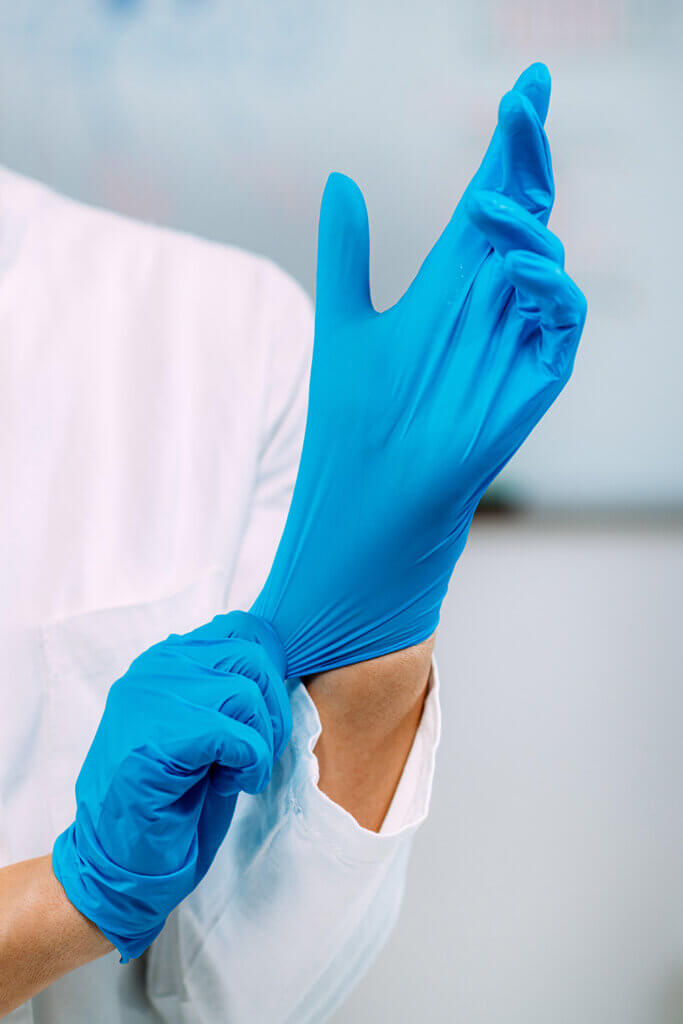
-
Proper handling:
It's important to handle hydrogen peroxide with care, as it can be corrosive and cause skin and eye irritation. Always wear protective gloves and goggles when handling hydrogen peroxide, and avoid contact with skin, eyes, and clothing. -
Mixing with other chemicals:
Hydrogen peroxide can react with other chemicals and create potentially harmful compounds. Never mix hydrogen peroxide with bleach or other cleaning agents, as this can create chlorine gas, which is extremely toxic. -
Storage:
Hydrogen peroxide should be stored in a cool, dry place away from sunlight and heat sources. It should also be stored separately from other chemicals, especially those that are flammable or reactive. -
Concentration:
Hydrogen peroxide is available in different concentrations, ranging from 3% to 35%. It's important to use the appropriate concentration for your intended use, as higher concentrations can be more dangerous and require more careful handling. -
Disposal:
When disposing of hydrogen peroxide, it's important to follow proper safety and environmental protocols. Contact your local waste management facility for information on how to safely dispose of hydrogen peroxide and other chemicals. -
First aid:
In the event of accidental exposure to hydrogen peroxide, it's important to know how to properly treat any resulting injuries. Rinse skin and eyes thoroughly with water, and seek medical attention if necessary.

